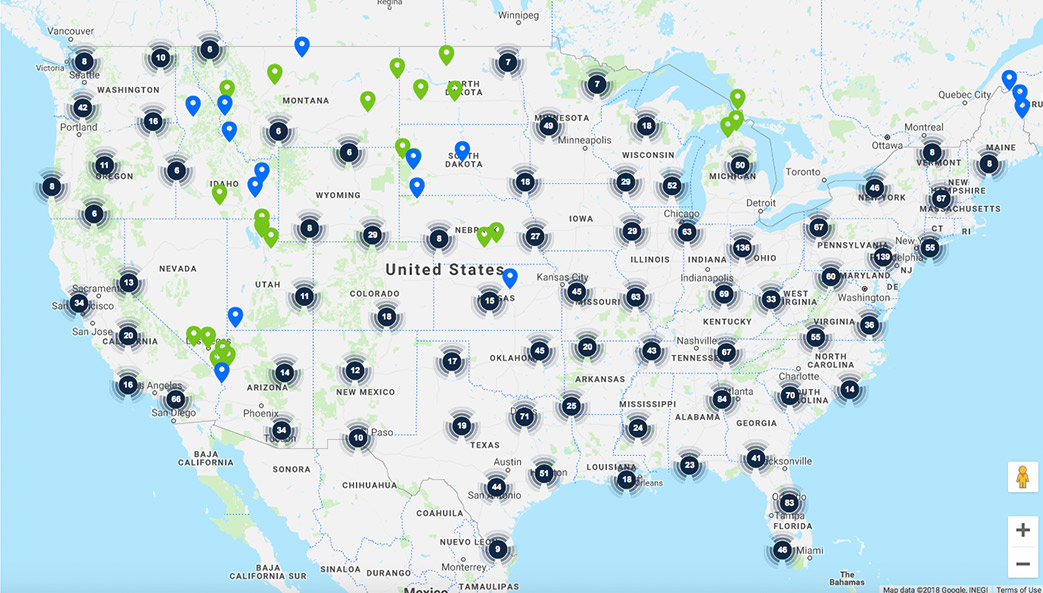Web-based directory to improve crisis pregnancy center transparency

By Lauren Baggett
The profile of crisis pregnancy centers (CPCs) may be on the rise, but it’s still unclear how many of these centers exist and where. Now, a research team at the University of Georgia has launched a web-based directory to help answer that question.
The directory, Crisis Pregnancy Center Map, identifies the location of every crisis pregnancy center in the U.S. on an interactive map. Visitors to www.crisispregnancycentermap.com will be able to search for CPCs by state, city or zip code. Further, the centers are categorized by the services they offer.
The team was motivated to create this directory in response to growing questions about the impact CPCs are having on public health.
 “There isn’t a ton of awareness about what CPCs are and what they do, and these centers have been widely criticized for not being transparent about their mission,” said project leader Andrea Swartzendruber, who studies sexual and reproductive health at UGA’s College of Public Health.
“There isn’t a ton of awareness about what CPCs are and what they do, and these centers have been widely criticized for not being transparent about their mission,” said project leader Andrea Swartzendruber, who studies sexual and reproductive health at UGA’s College of Public Health.
Most CPCs are affiliated with national religious organizations that oppose abortion and contraception. Swartzendruber says that understanding what is and is not a CPC can be difficult.
“They often advertise themselves in ways that make them look like they could be a comprehensive reproductive health clinic,” she said, but CPCs offer only limited medical services, if any, and do not adhere to prevailing U.S. medical guidelines.
“There’s reason to think that people seeking health services may not know exactly what these centers are and the services they offer.”
That presents a problem for women looking for basic reproductive health services like access to birth control, condoms or testing for sexually transmitted infections. They may mistakenly go to a crisis pregnancy center, and not be able to find the services they want.
Swartzendruber hopes CPC Map can serve as a tool to help consumers find the services they want and avoid delays in accessing appropriate care. It is also intended to facilitate more academic research on crisis pregnancy centers.
Knowing how many centers are operating in the U.S. and where they pop up is important, says Swartzendruber, to better understand the landscape of and access reproductive health services. CPCs are attracting increased public funding, and yet the estimated number of existing centers has ranged widely, from 2,500 to 4,500 centers.
This project identified 2,537 total crisis pregnancy centers. Of these, two-thirds provide limited medical services, such as limited obstetrical ultrasounds.
The research team performed an exhaustive internet search to find CPC listings online and rigorously vetted each center to verify its location and the services it offered. These methods are outlined on the website.
A widget is also available for health professionals and advocates who would like to share the map on their websites.
A challenge going forward, says Swartzendruber, will be keeping the directory up to date. These centers are known to change names and locations regularly once they come under public scrutiny and in effort to re-brand themselves.
To help keep the website as accurate as possible, visitors are encouraged to submit updates about centers in their area.
Explore CPC Map at www.crisispregnancycentermap.com.
